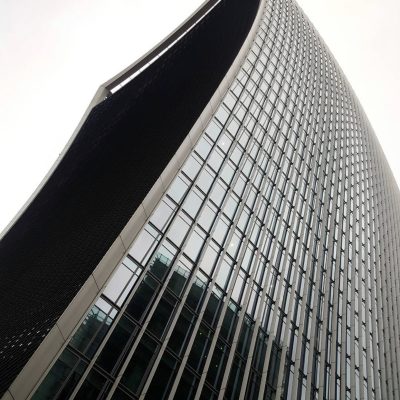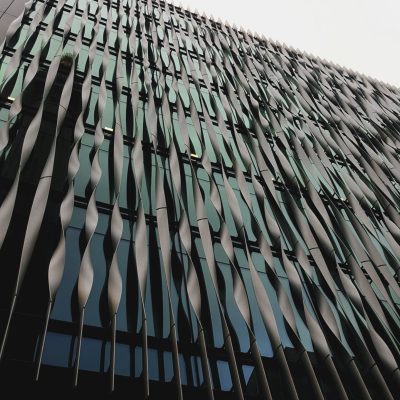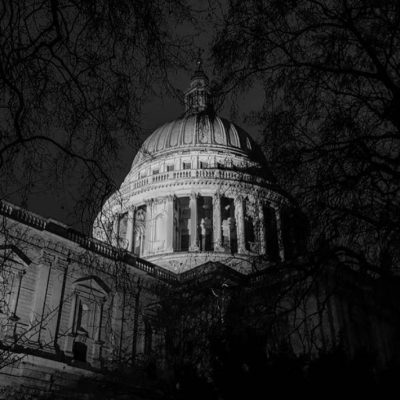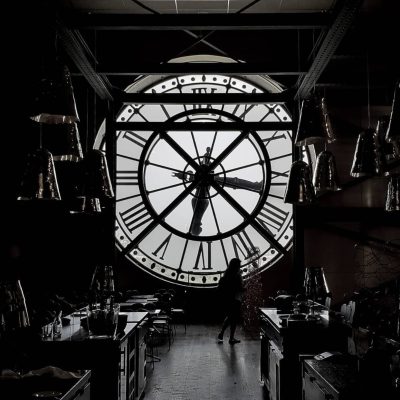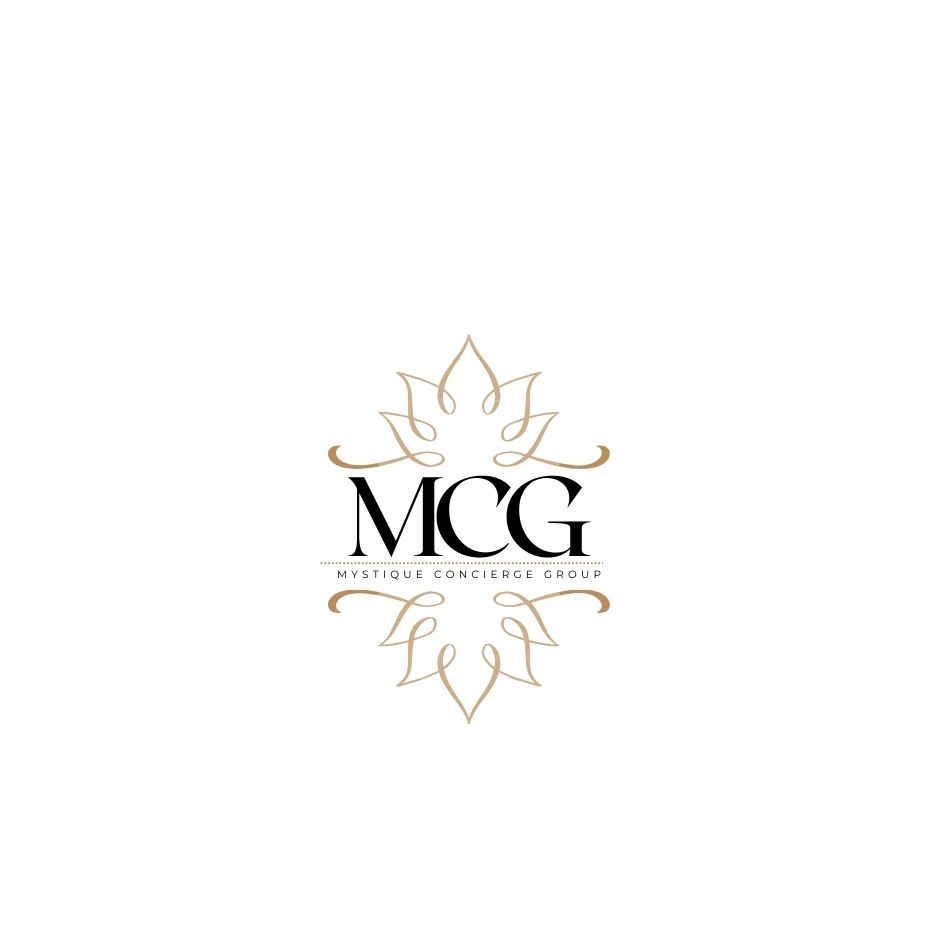London UK
London, the capital city of the United Kingdom, is a city with a rich and diverse architectural heritage. The city’s architecture reflects its long history, its cultural diversity, and its role as a global center of finance, commerce, and politics. Here are some key aspects of architecture in London:
- Historic Buildings: London is home to many historic buildings that reflect its architectural heritage. These include:
- Westminster Abbey: A large, mainly Gothic abbey church in the City of Westminster. It is one of the United Kingdom’s most notable religious buildings and the traditional place of coronation and burial site for English and, later, British monarchs.
- Tower of London: A historic castle located on the north bank of the River Thames in central London. It was founded towards the end of 1066 as part of the Norman Conquest of England and has served variously as a royal palace, prison, armory, treasury, and even a menagerie.
- St. Paul’s Cathedral: An Anglican cathedral in London, seat of the Bishop of London and mother church of the Diocese of London. It sits at the top of Ludgate Hill, the highest point in the City of London. Its dedication to Paul the Apostle dates back to the original church on this site, founded in AD 604.
- Buckingham Palace: The London residence and administrative headquarters of the monarch of the United Kingdom. Located in the City of Westminster, the palace is a setting for state occasions and royal hospitality.
- Modern Architecture: London also has a vibrant contemporary architecture scene. Some notable examples include:
- The Shard: A 95-story skyscraper in Southwark, London. It is the tallest building in the UK, and the seventh-tallest building in Europe. Its privately funded construction began in March 2009 and was completed in November 2012.
- The Gherkin: An iconic building in London’s financial district with a distinctive shape that earned it its nickname – “the Gherkin”. It is a commercial skyscraper in London’s main financial district, City of London. It was completed in December 2003 and opened in April 2004.
- The Cheesegrater: Officially known as The Leadenhall Building, it is a skyscraper in the City of London occupying a triangular site at the junction of Leadenhall Street, Gracechurch Street and Watling Street. It was designed by Rogers Stirk Harbour + Partners and completed in 2014.
- Architectural Institutions: There are several institutions dedicated to architecture in London:
- Royal Institute of British Architects (RIBA): A professional body for architects primarily in the United Kingdom, but also internationally. RIBA validates universities’ degrees in architecture; accredits practices that employ architects; maintains a rolling list of approved architects; provides Continuing Professional Development (CPD) events; publishes books and guides on architectural issues; funds research through its research trust; sets standards for architectural education; provides guidance on spatial planning policies; and works to promote architecture through initiatives like architecture fairs and exhibitions.
- Architectural Association School of Architecture (AA): One of the world’s most prestigious schools of architecture and a leading source of pioneering architectural discourse and design innovation.
In conclusion, architecture in London is a rich tapestry that weaves together centuries of history with cutting-edge contemporary design. From historic palaces and cathedrals to modern skyscrapers and innovative institutions, there is no shortage of architectural marvels to explore in this great city.
Back to Projects
